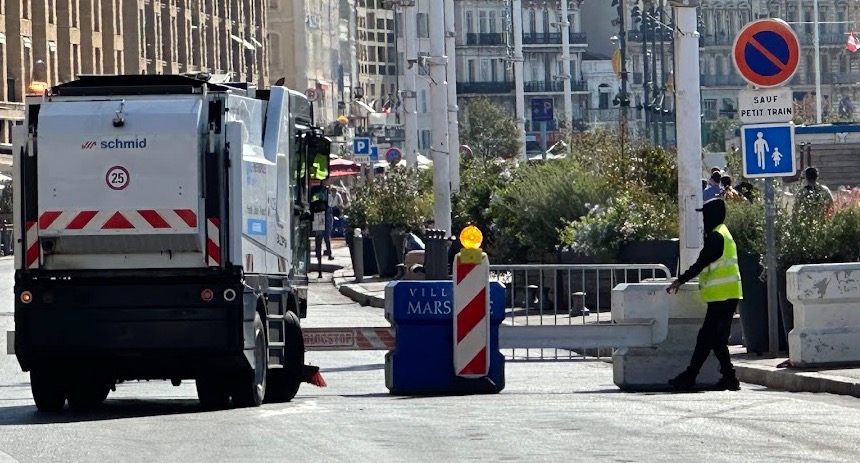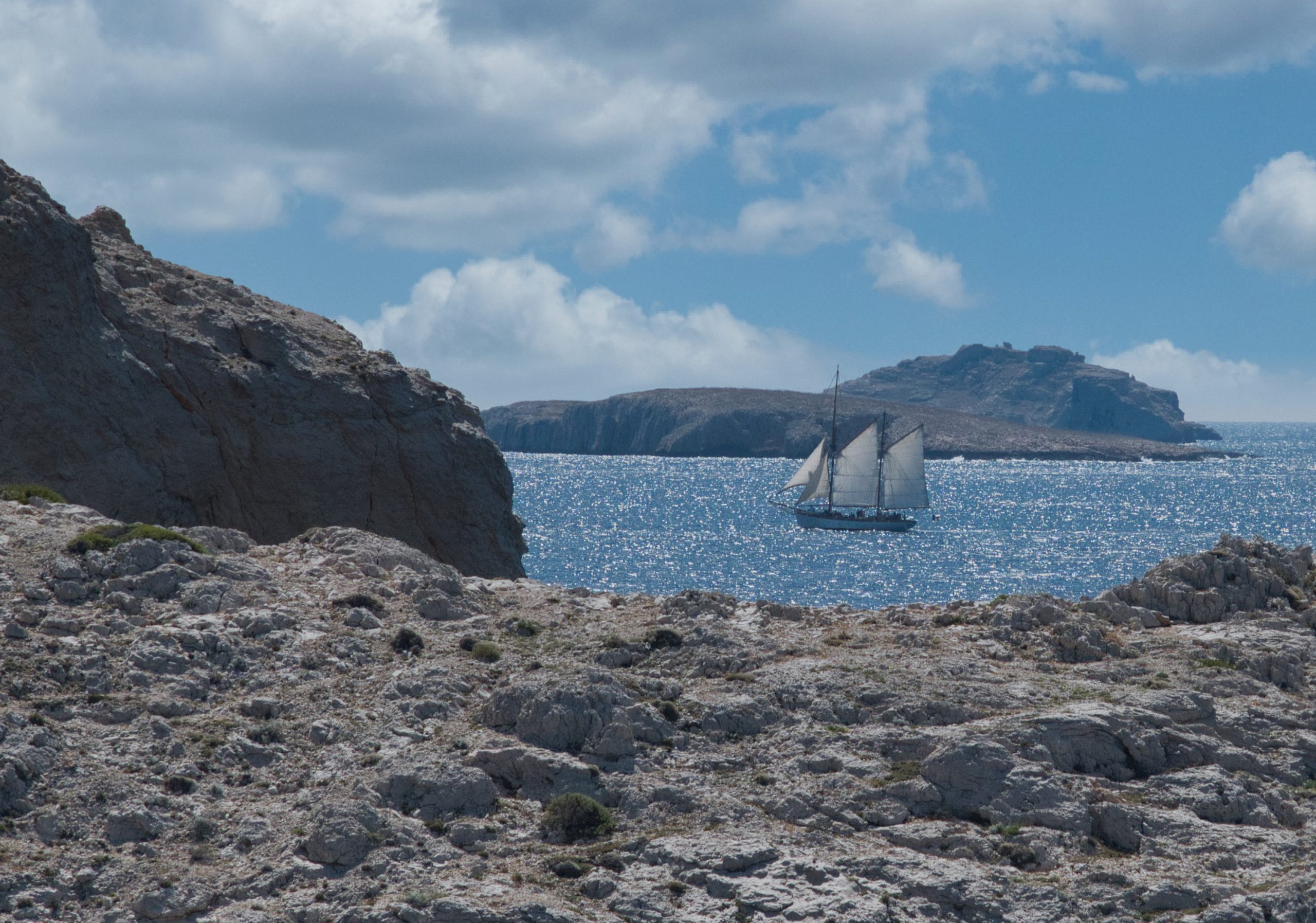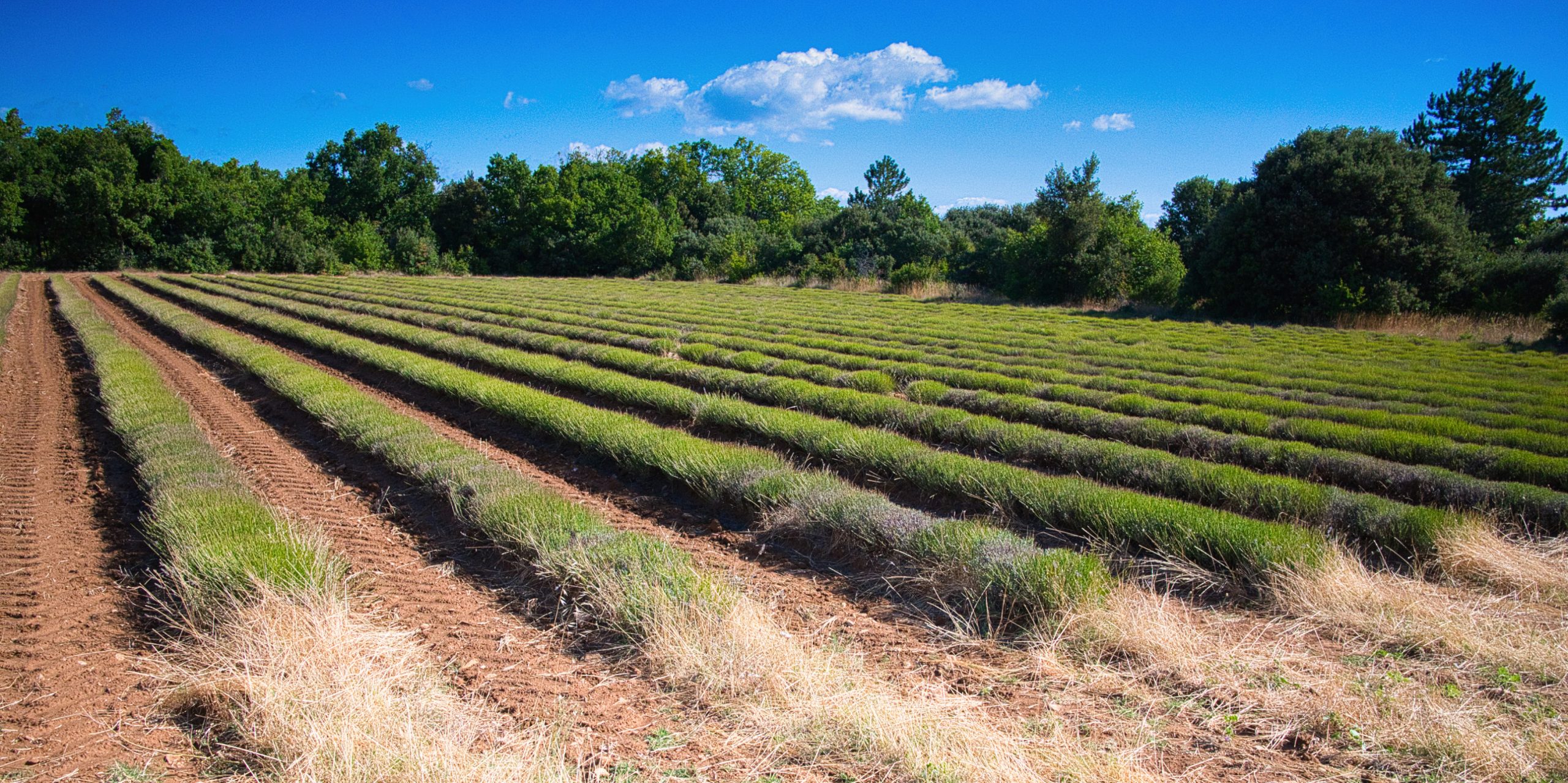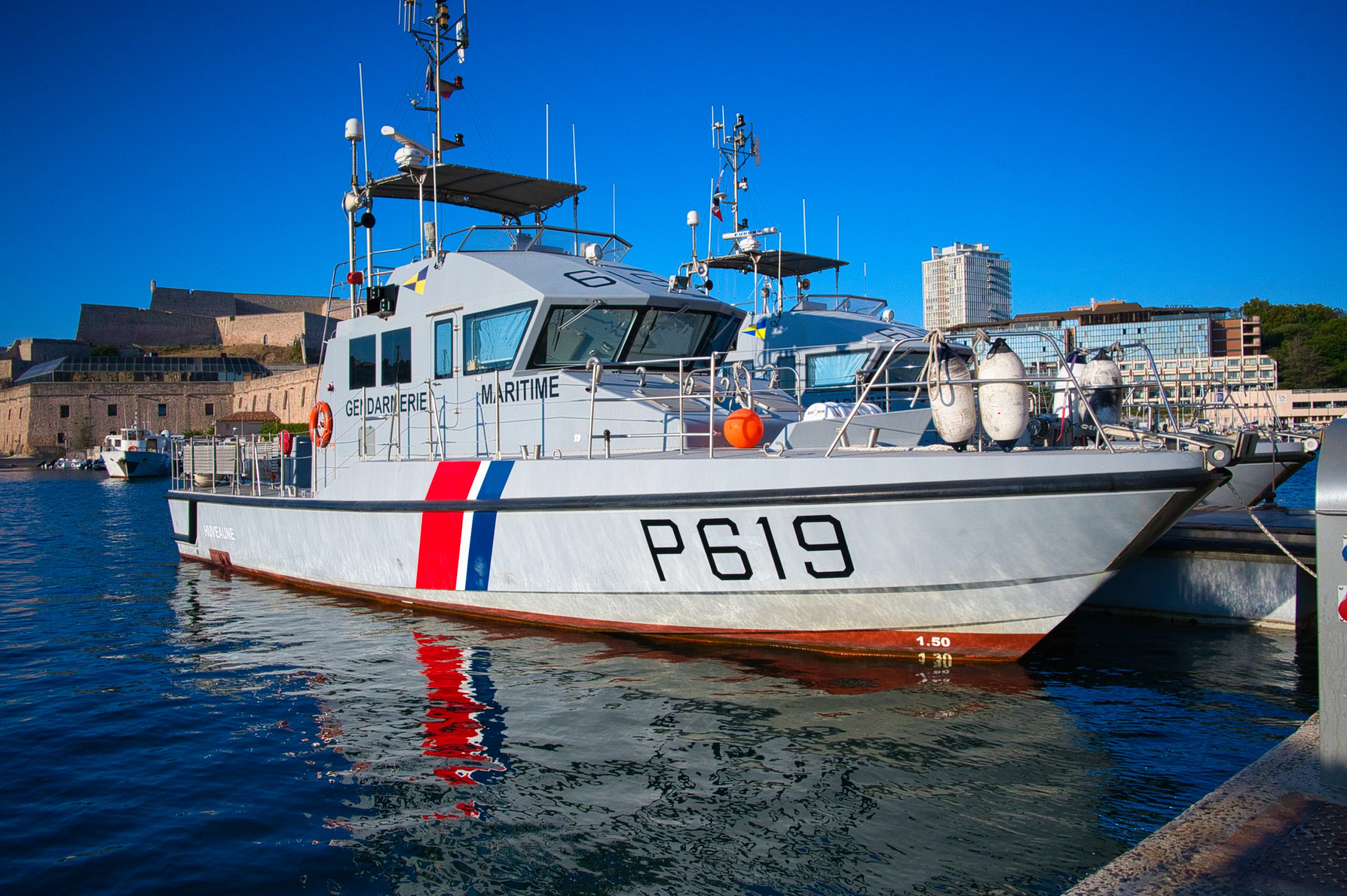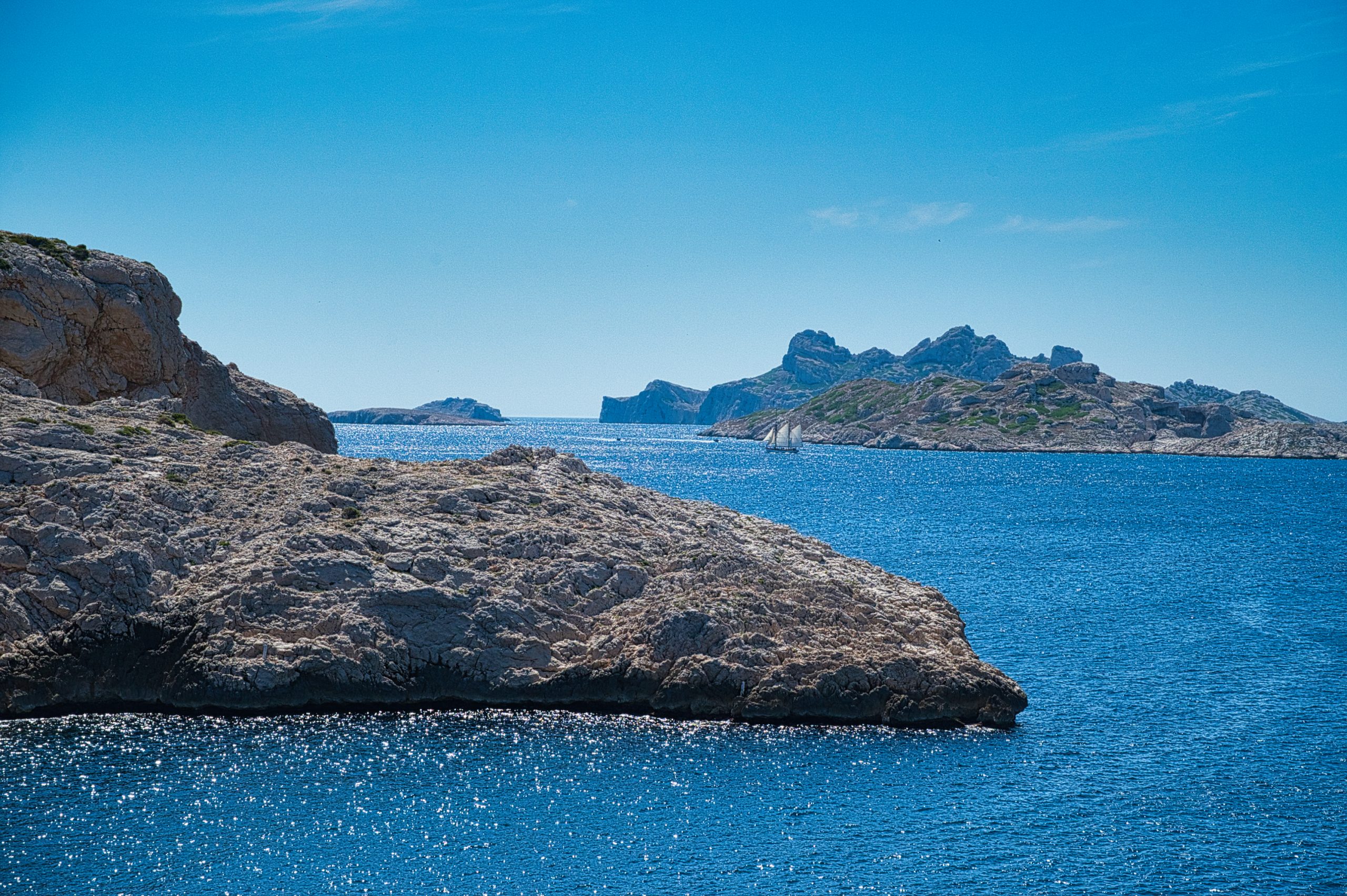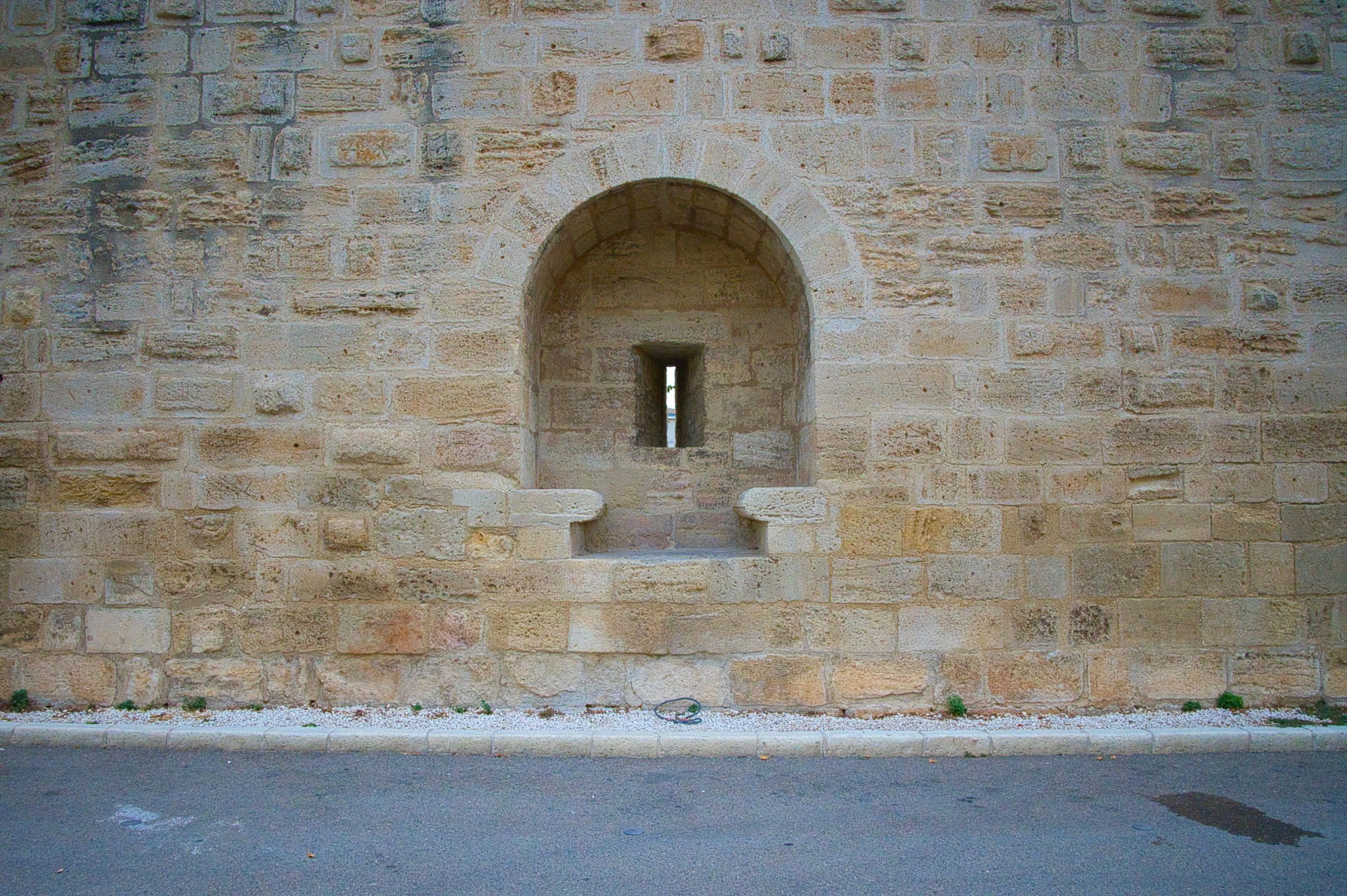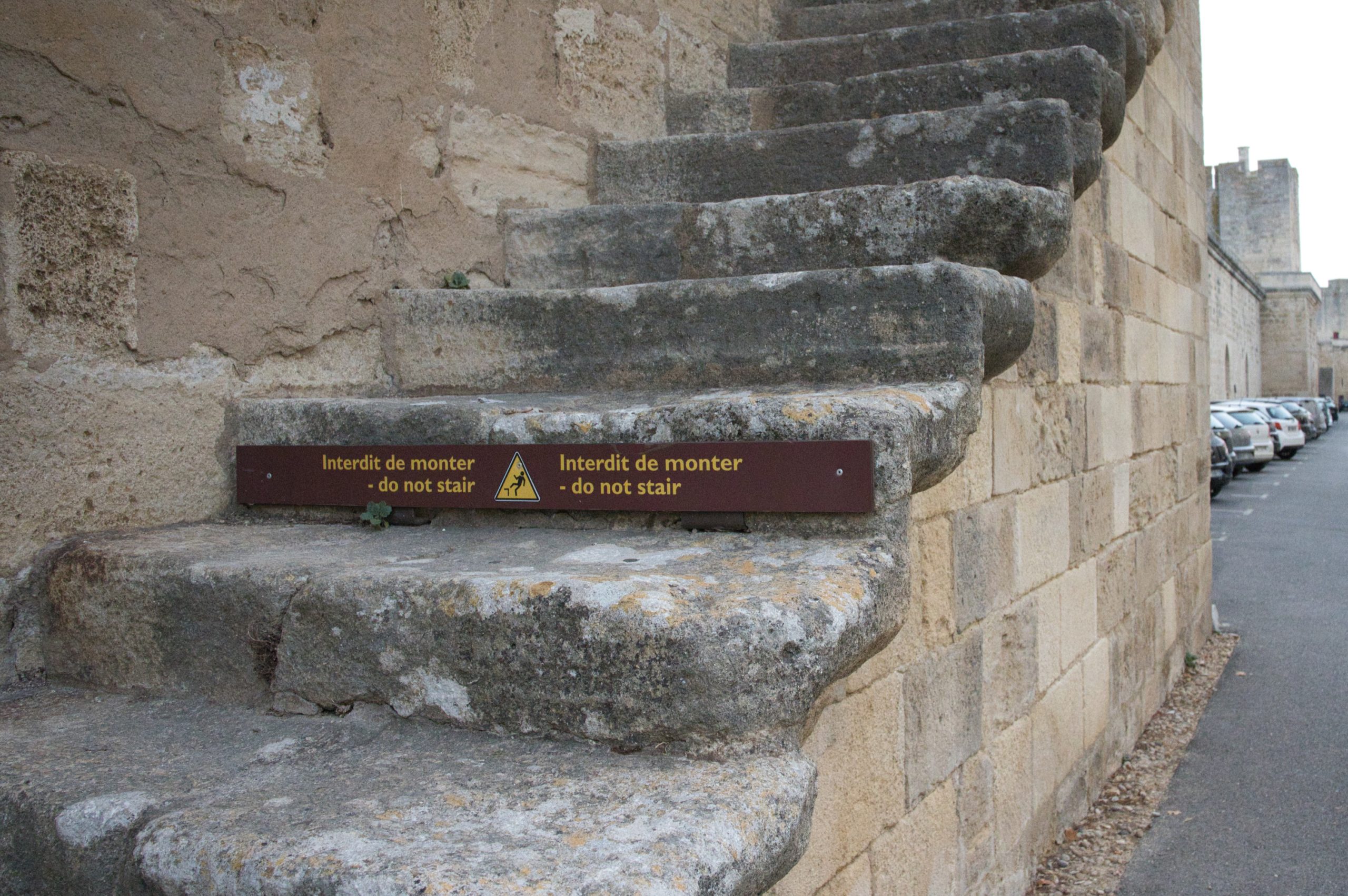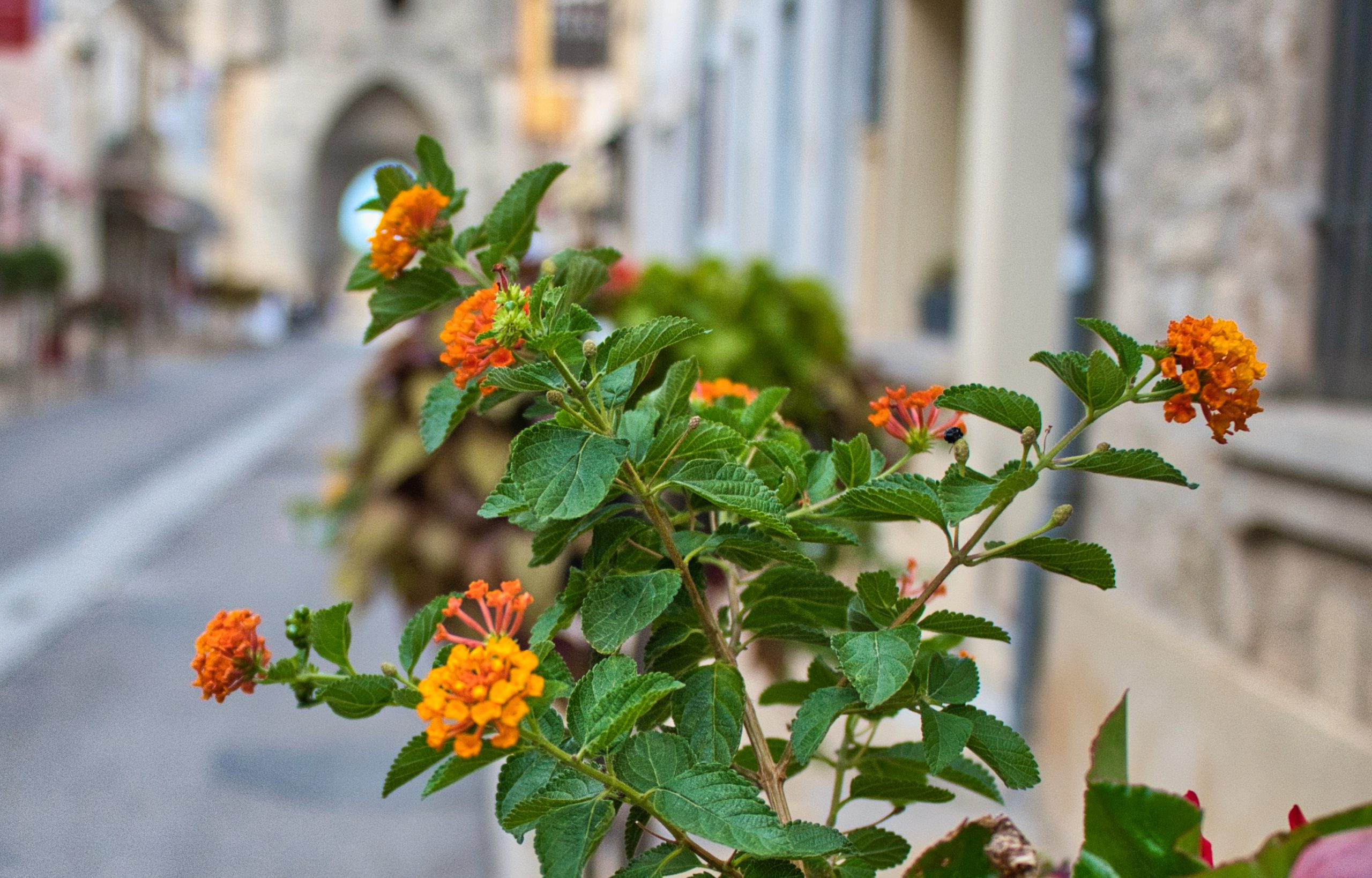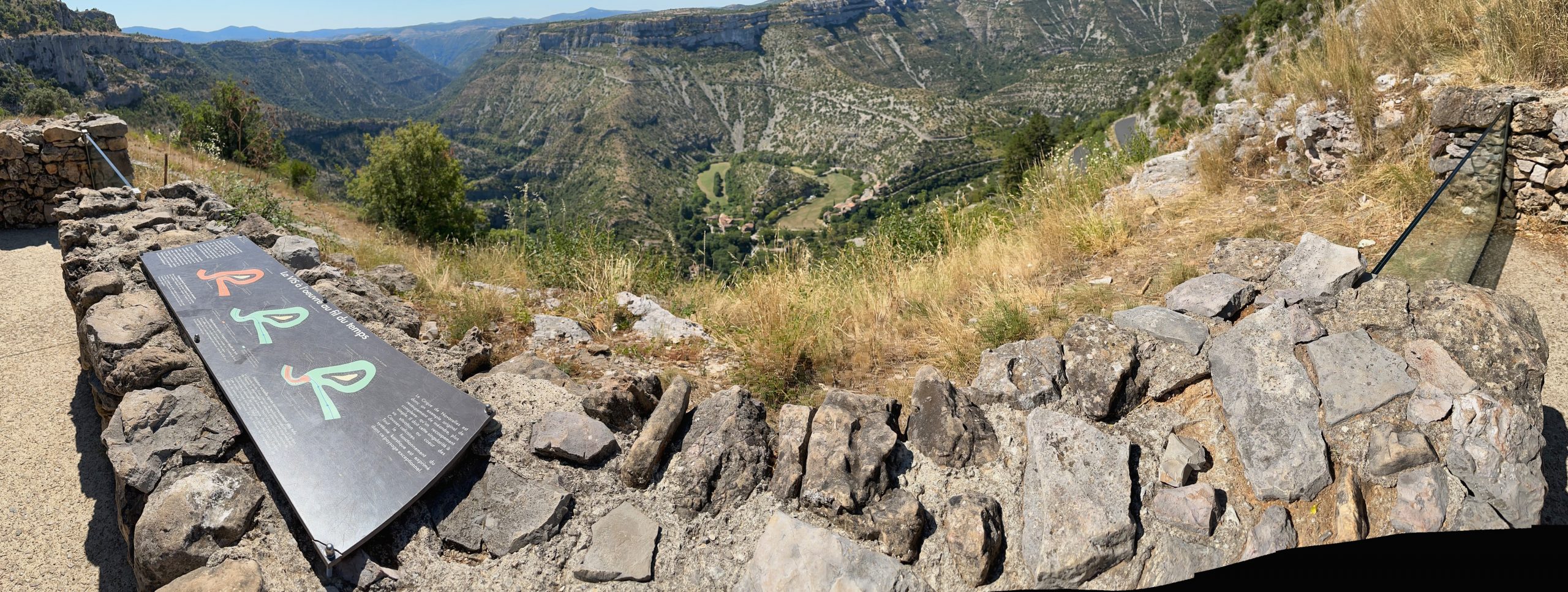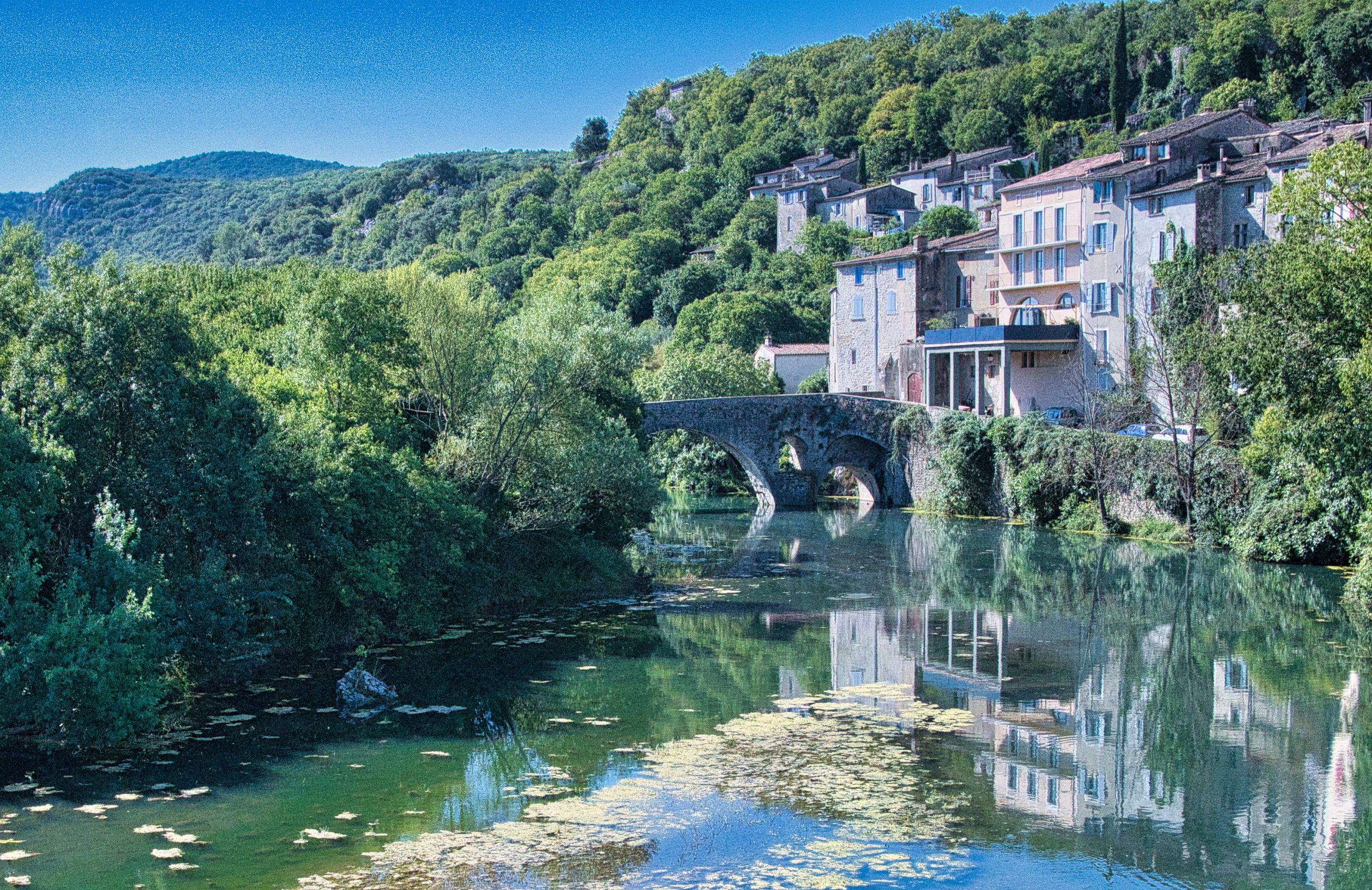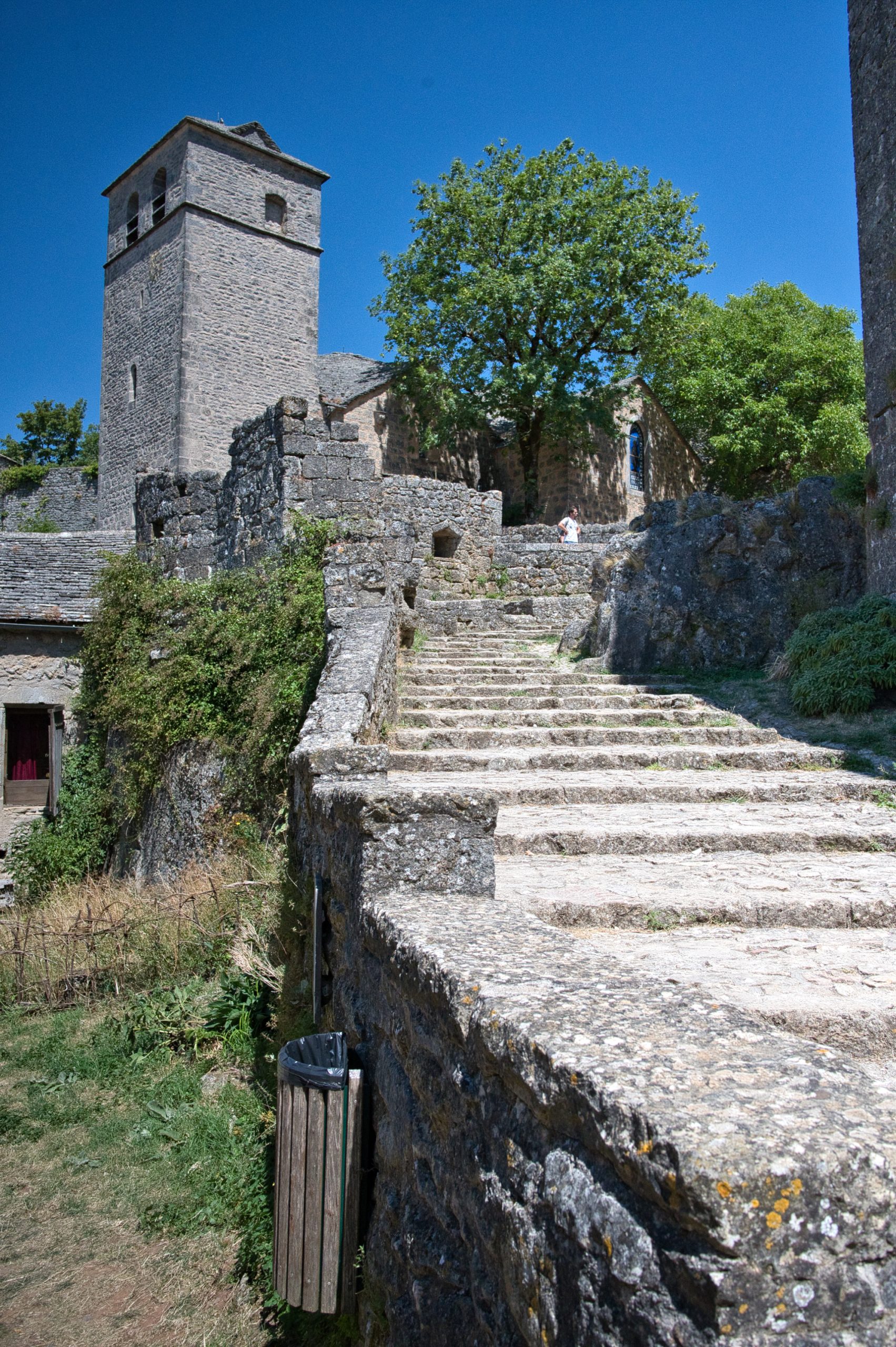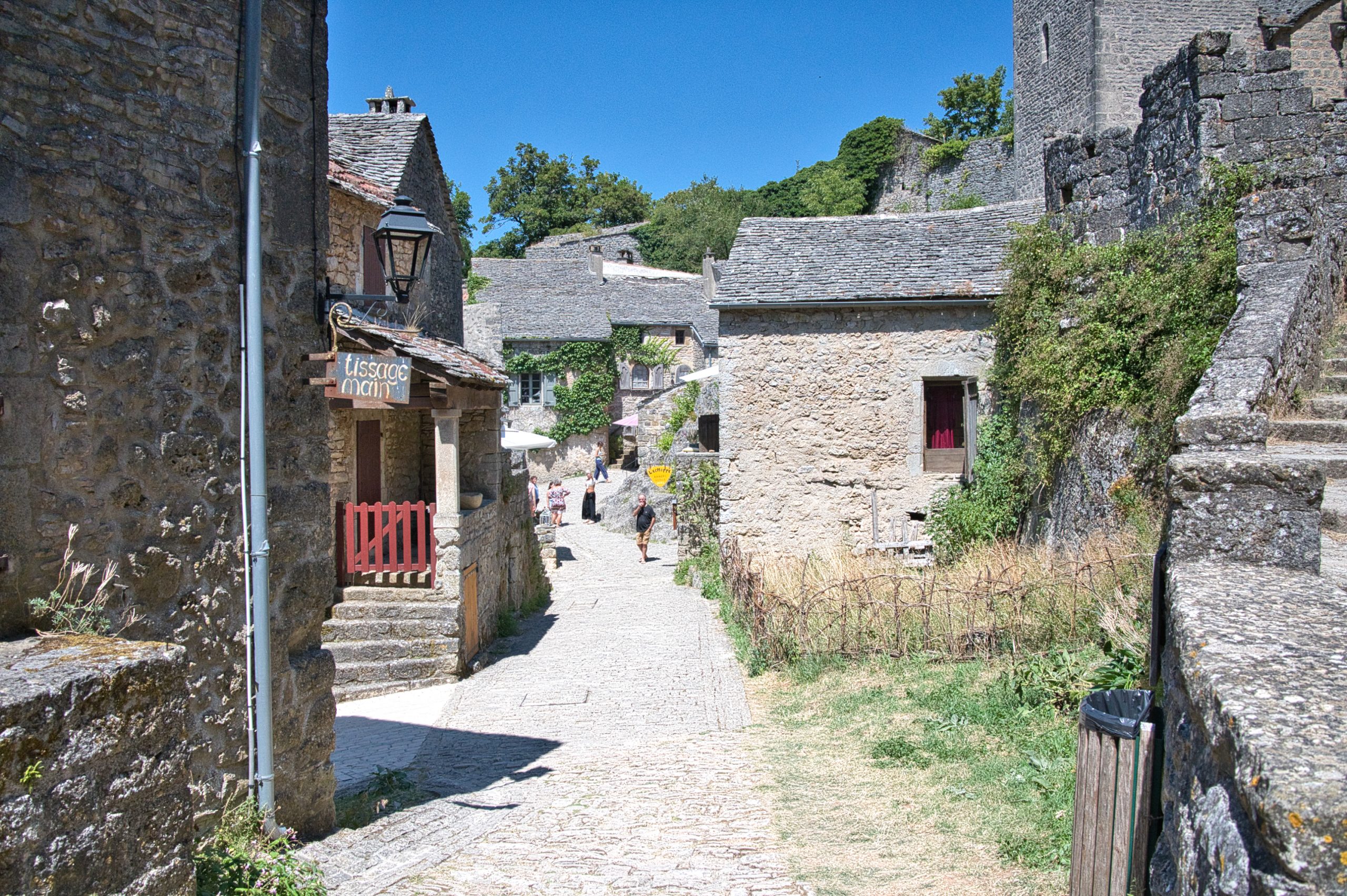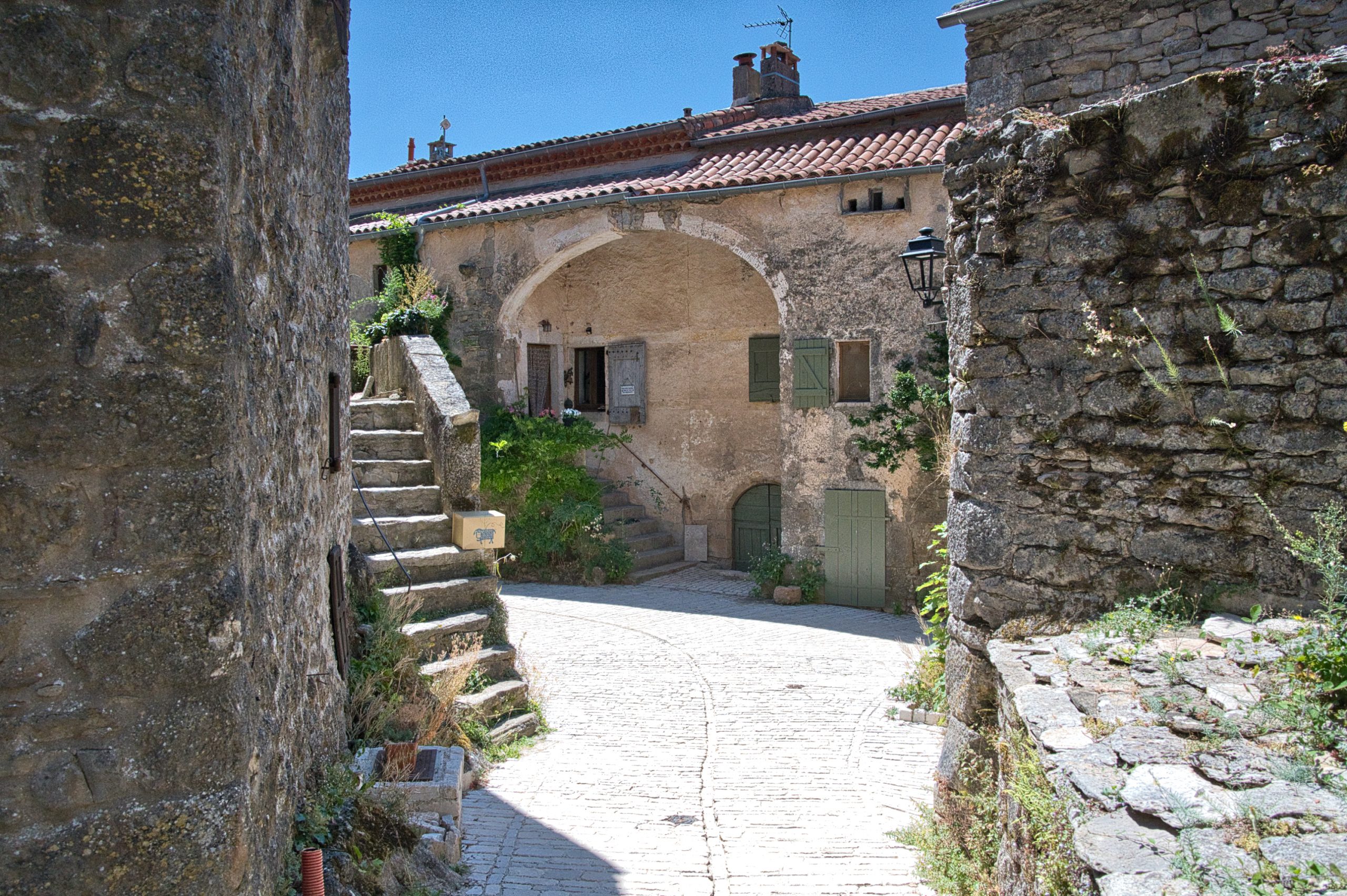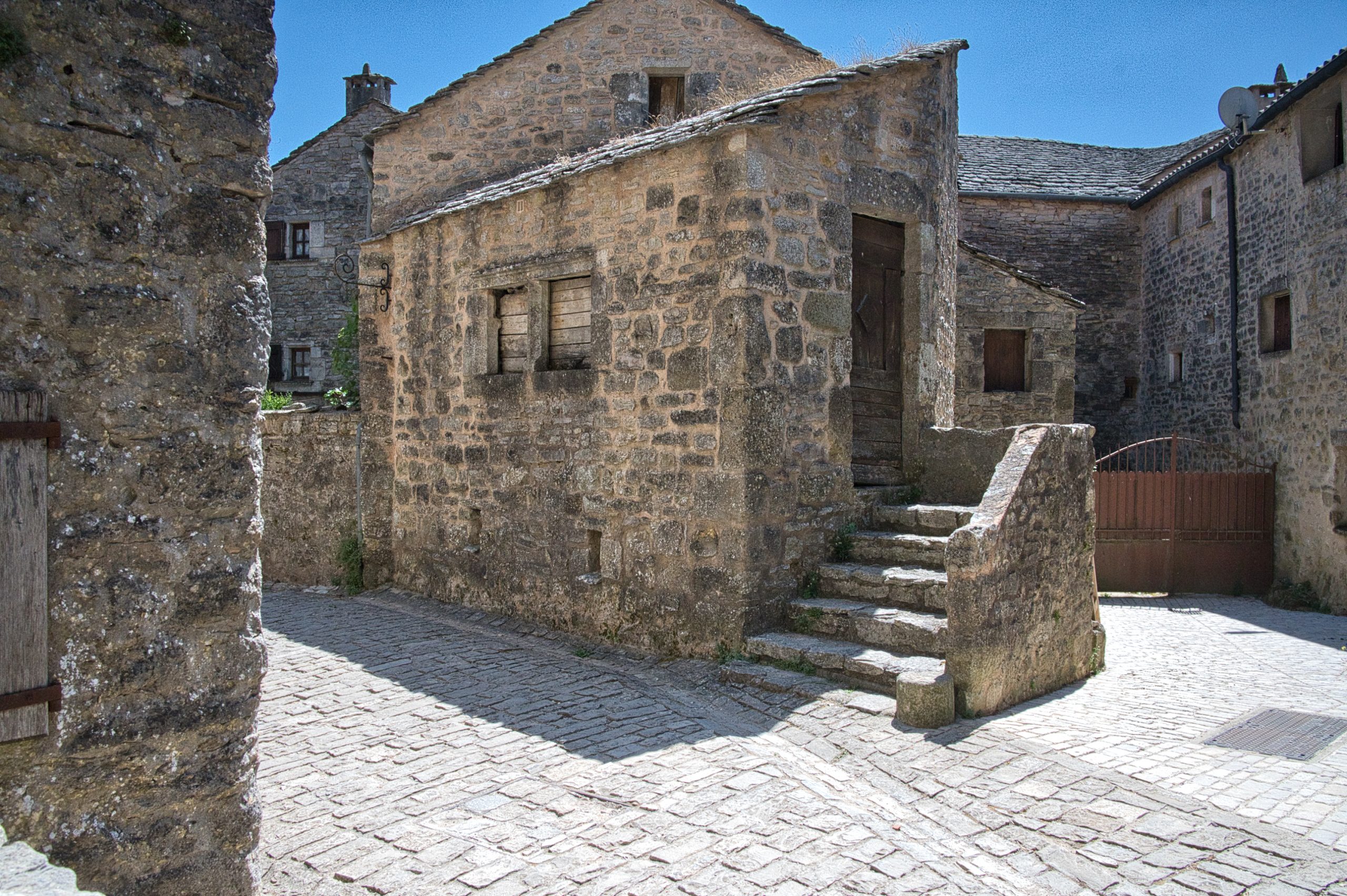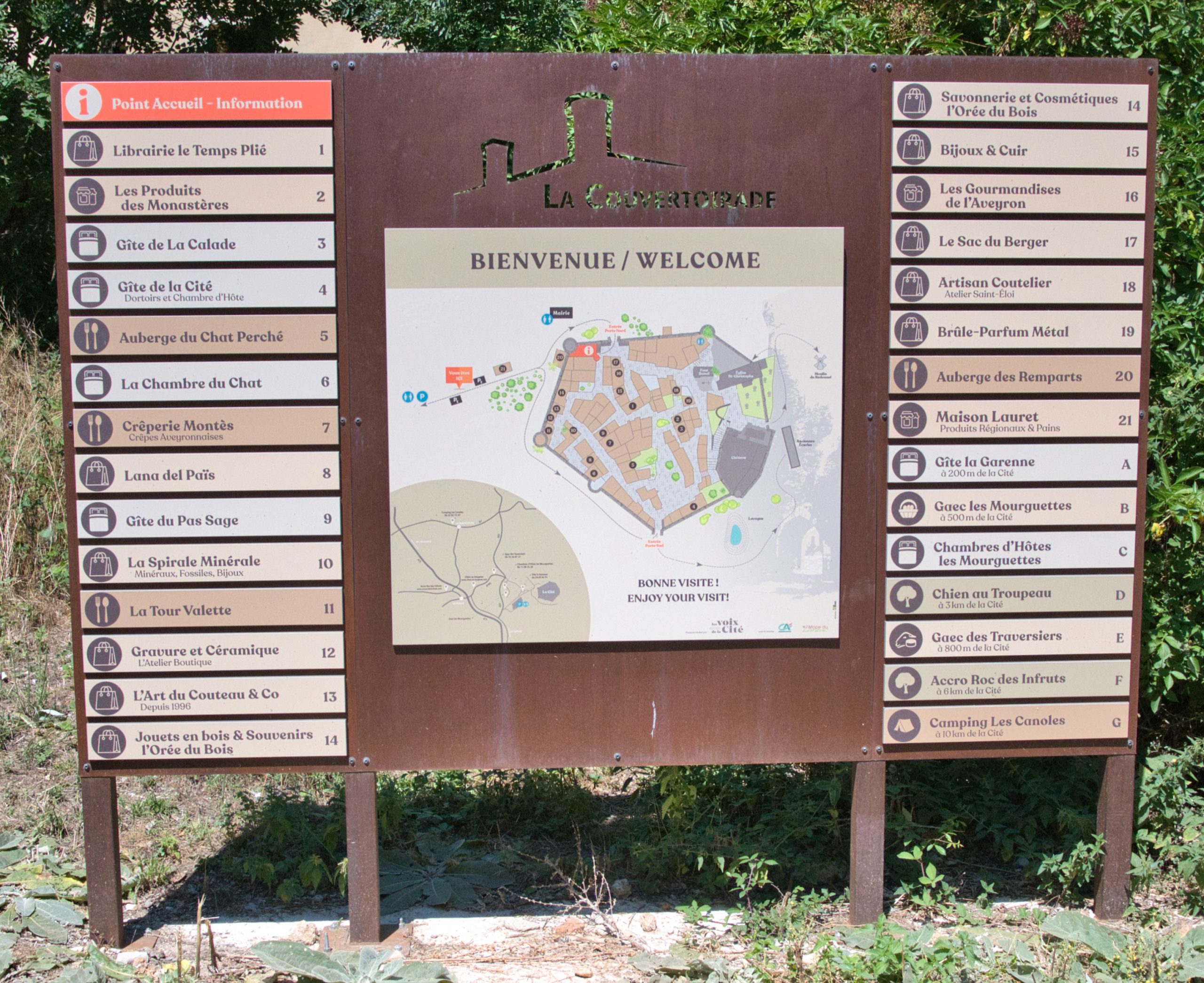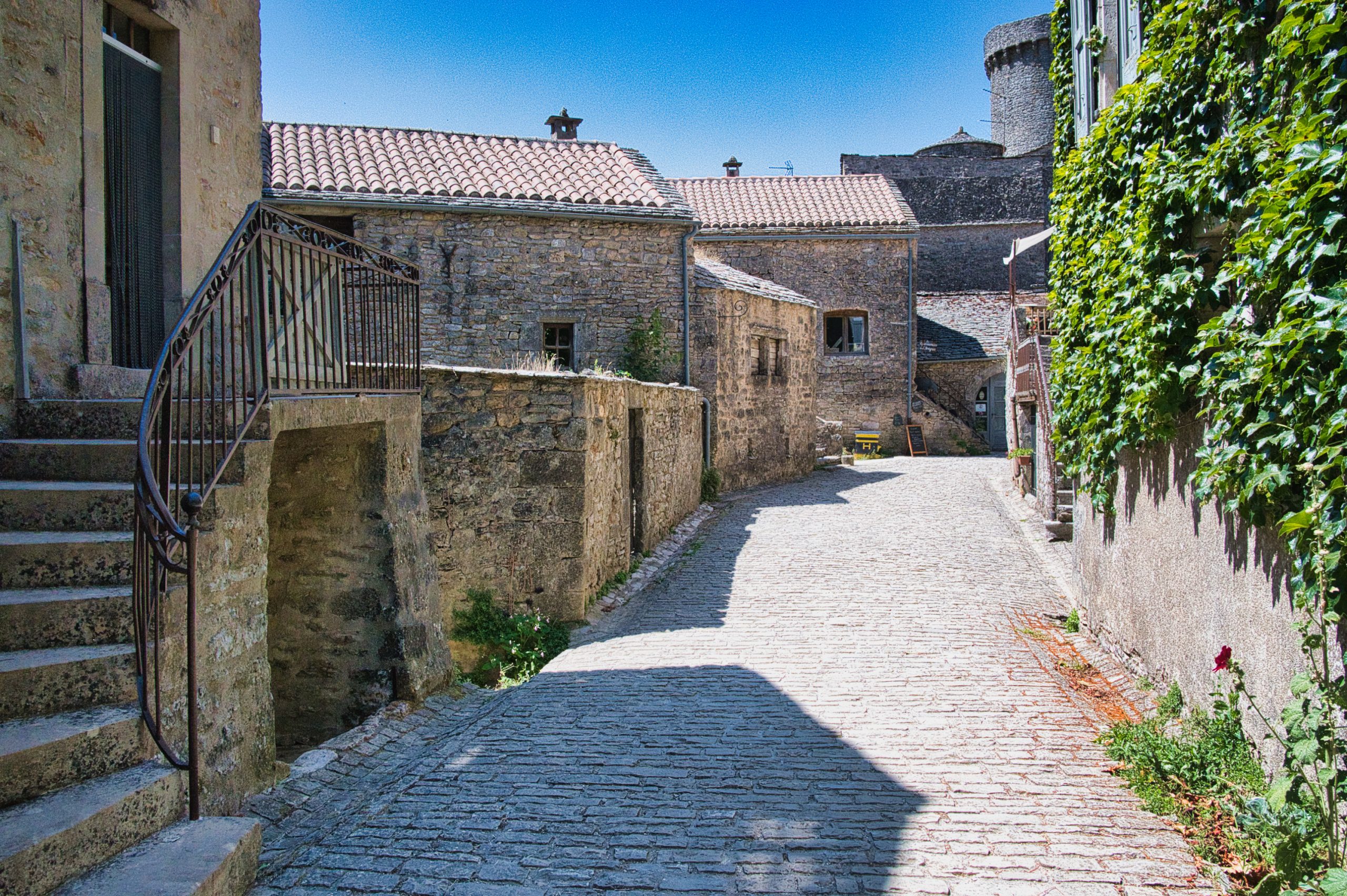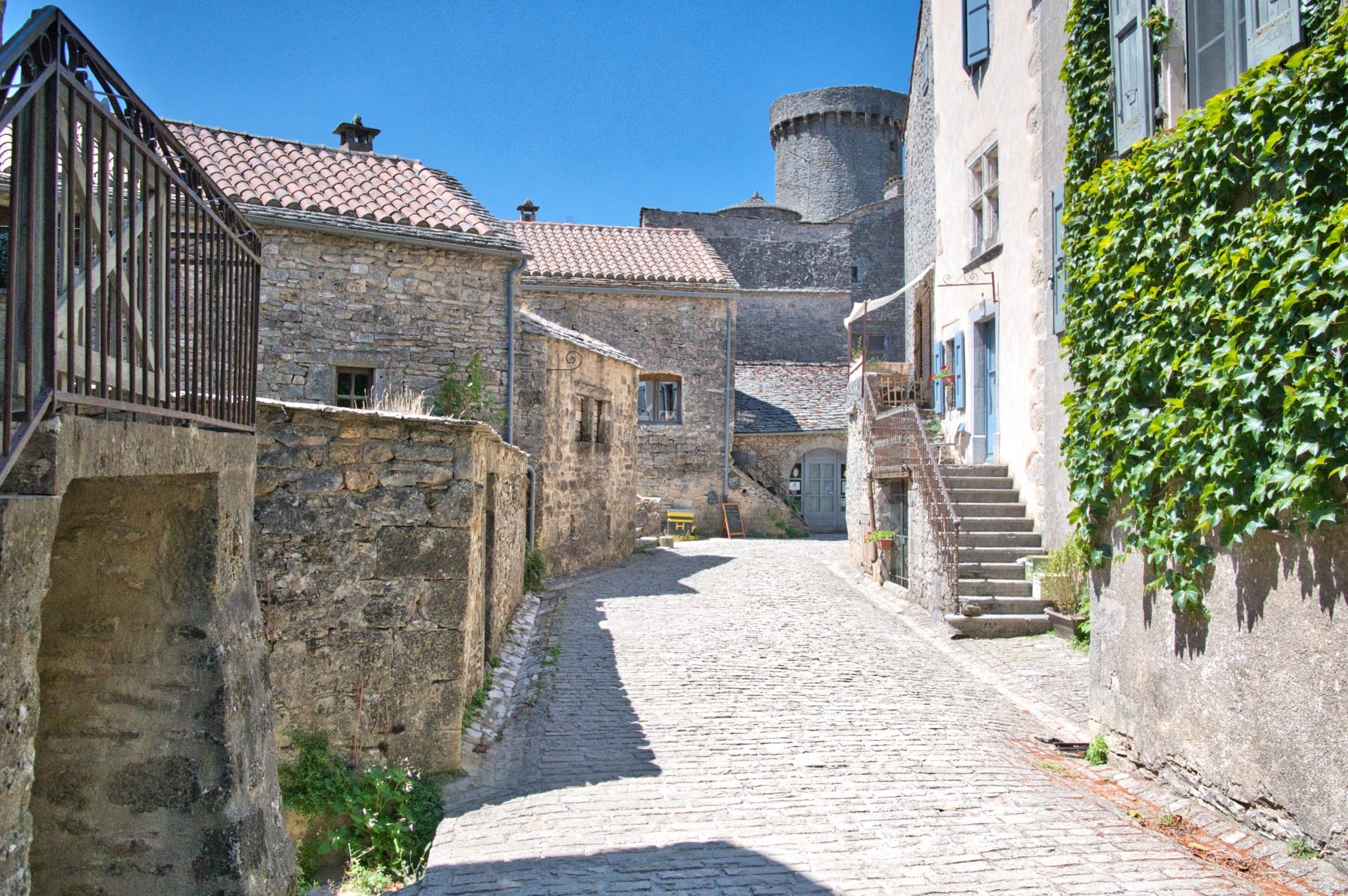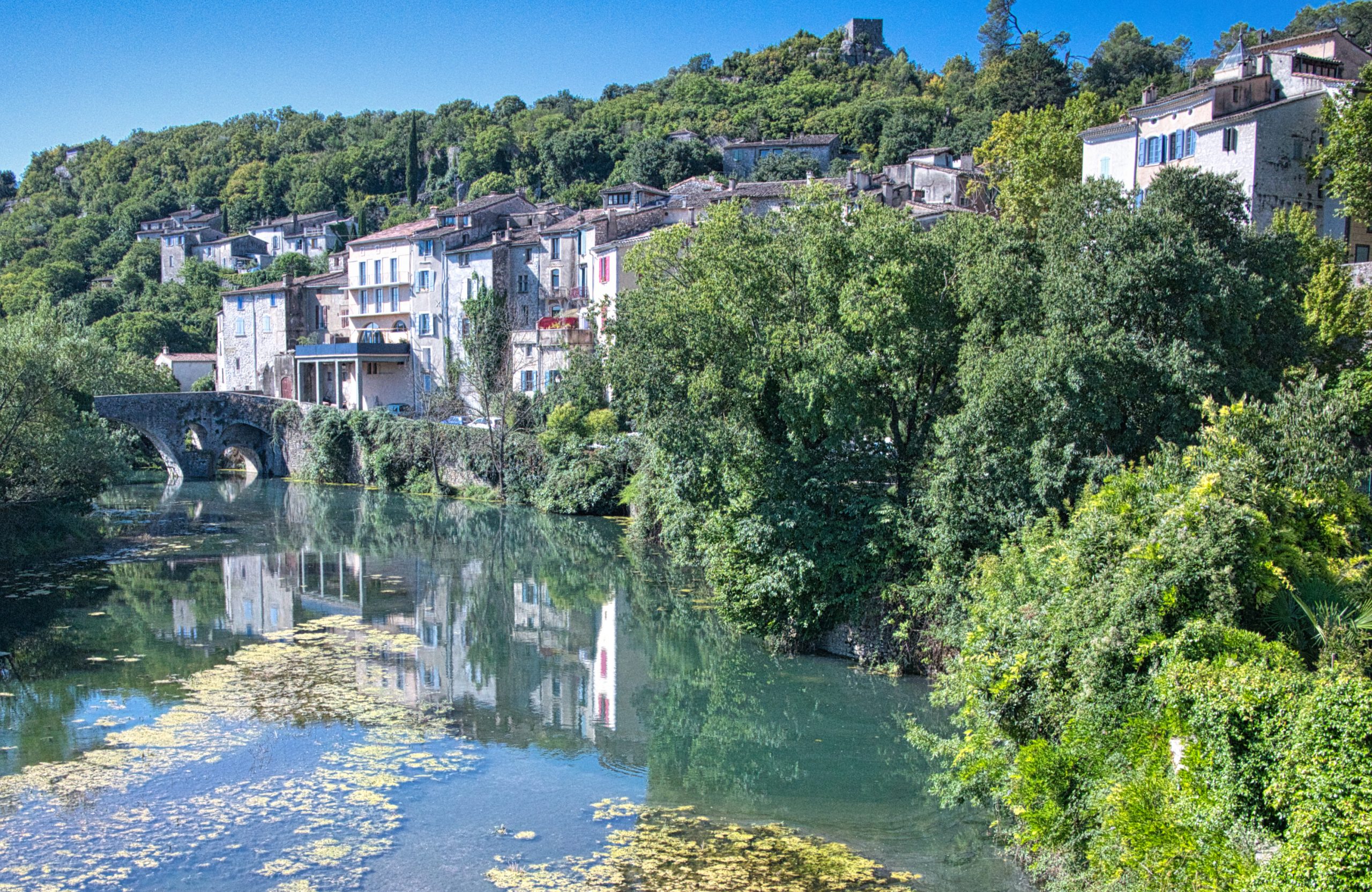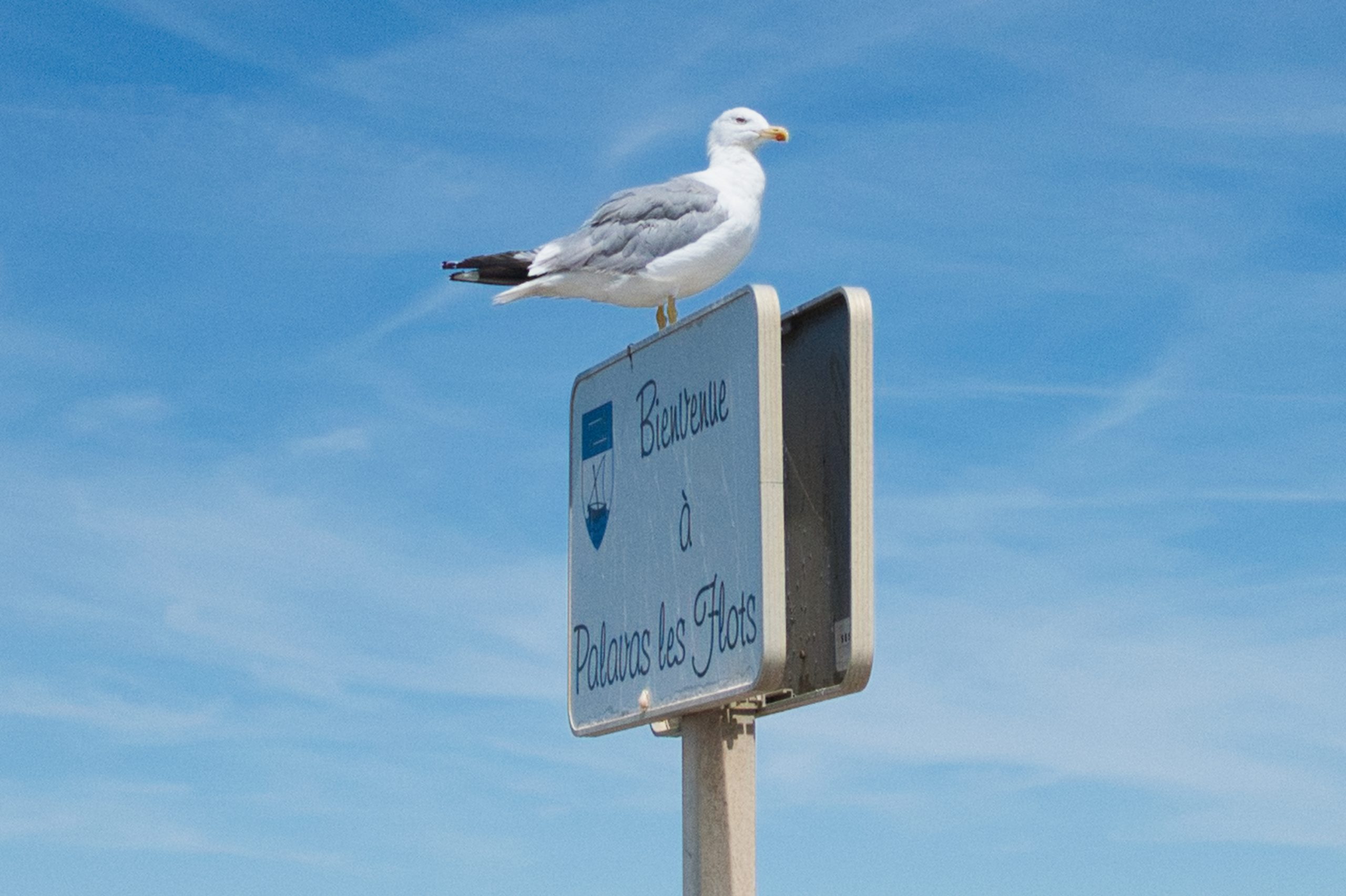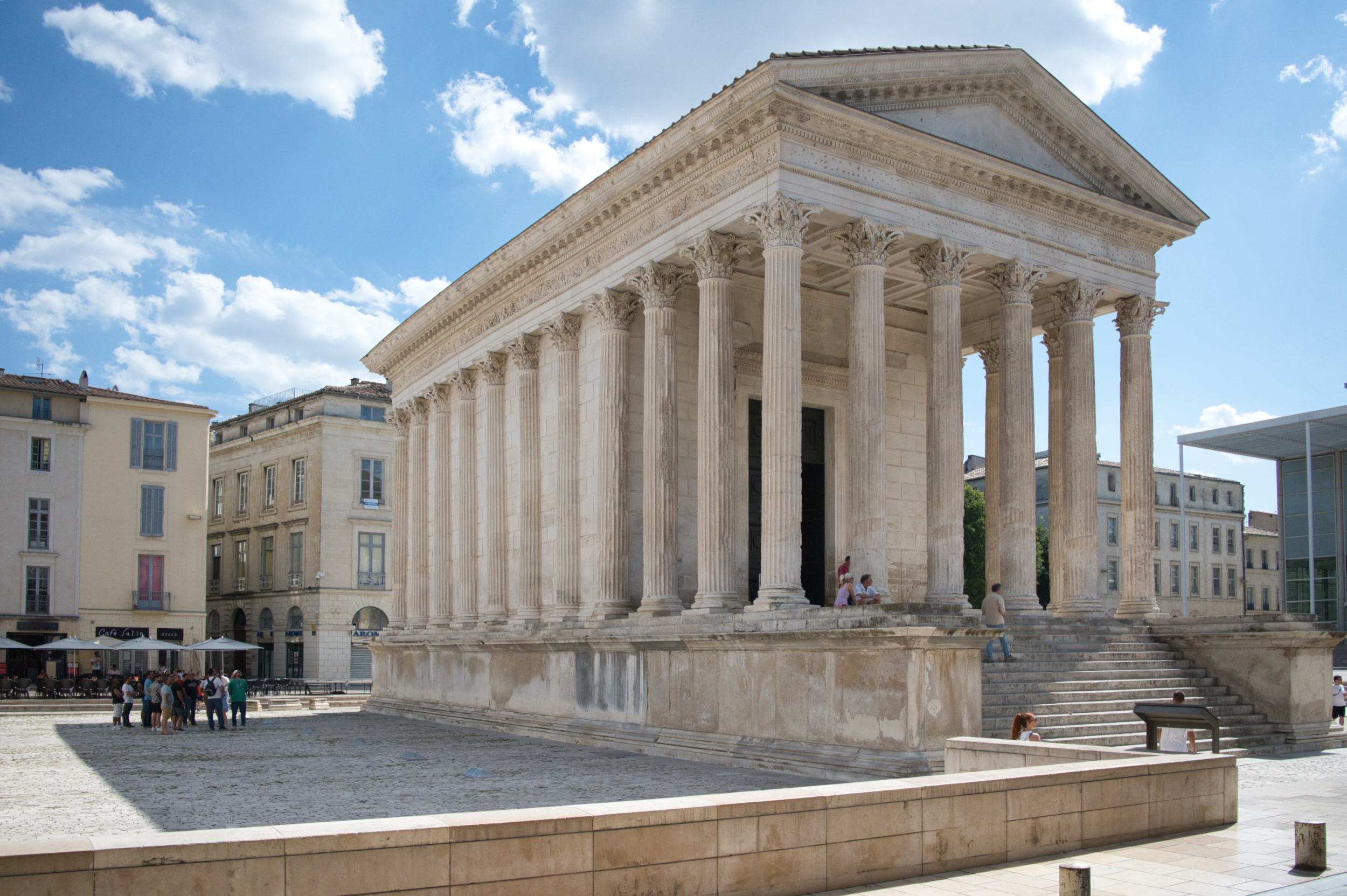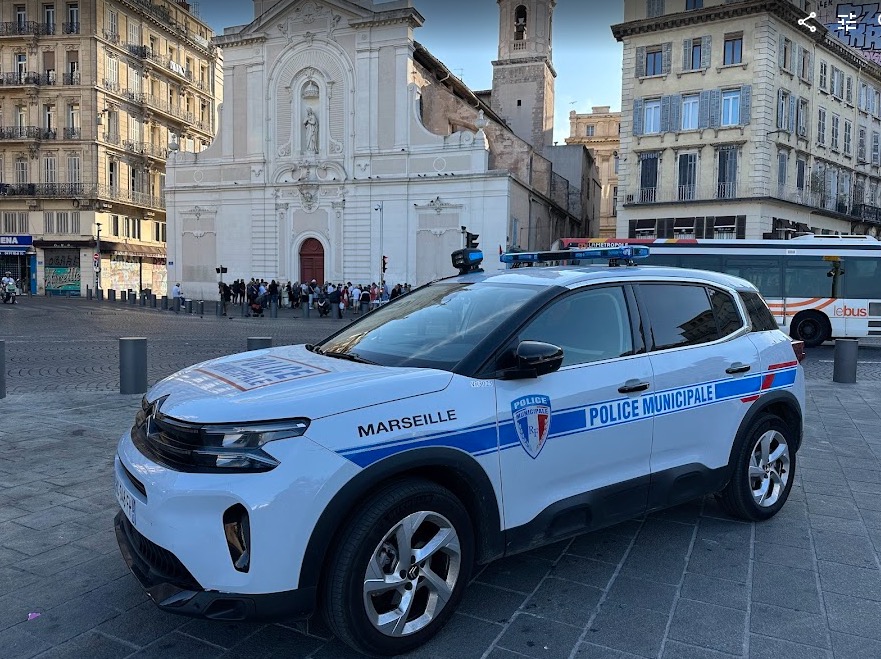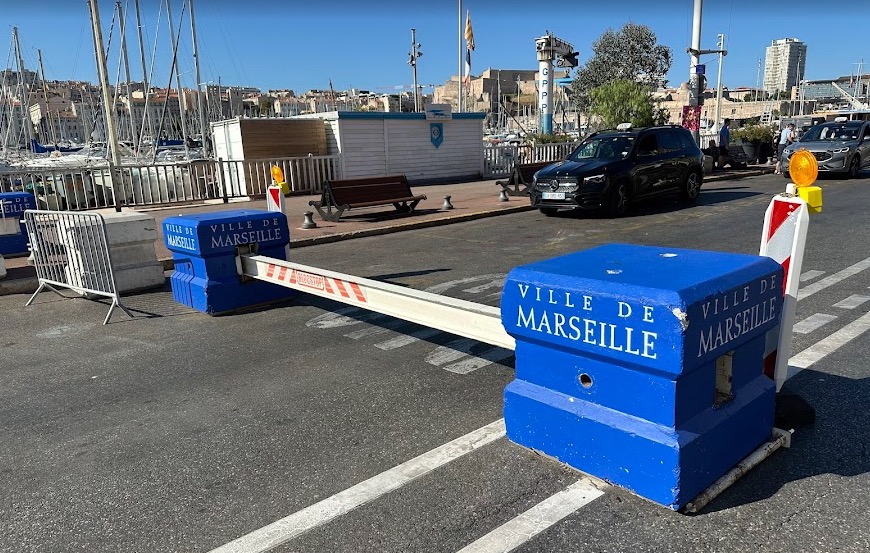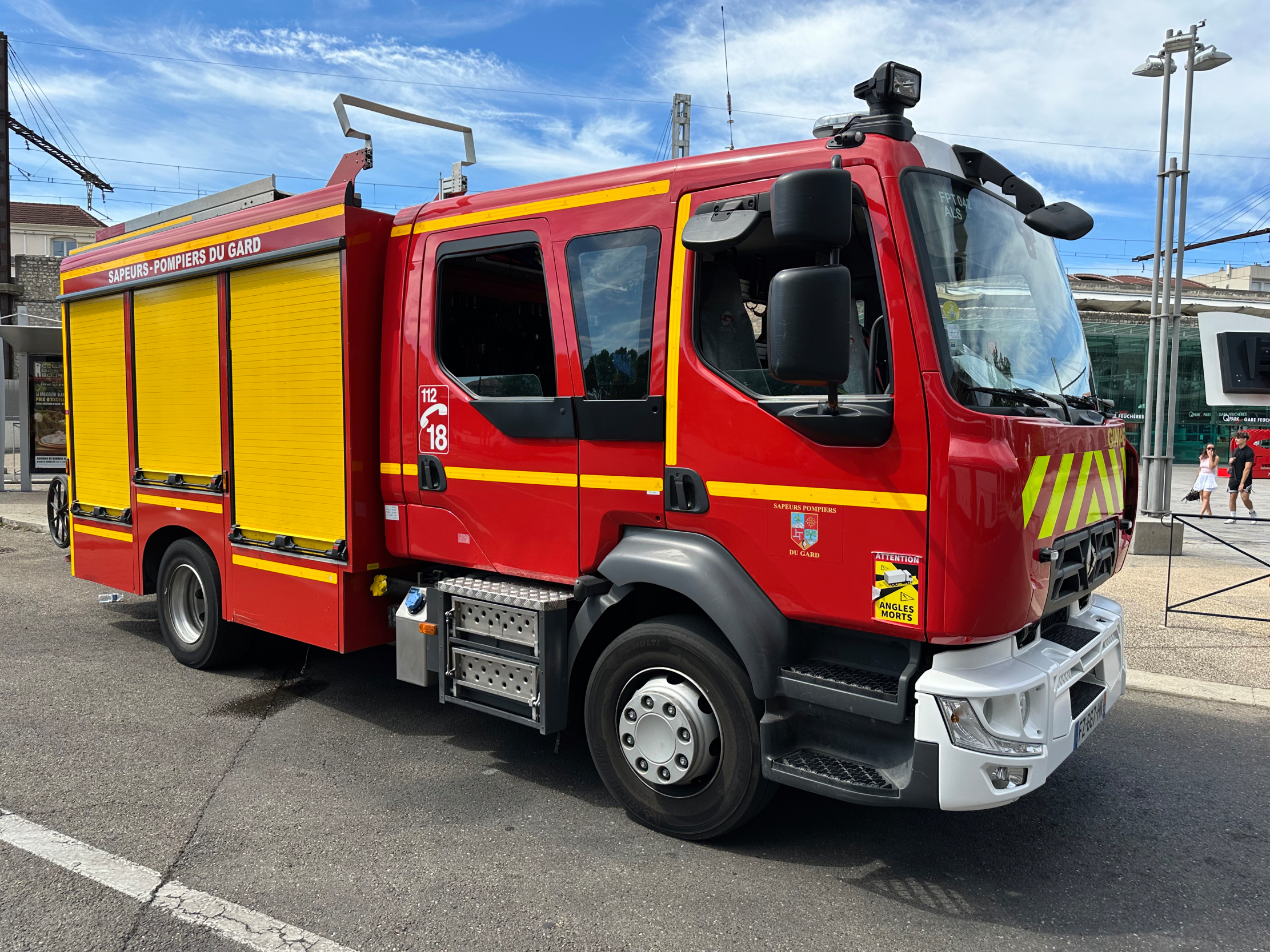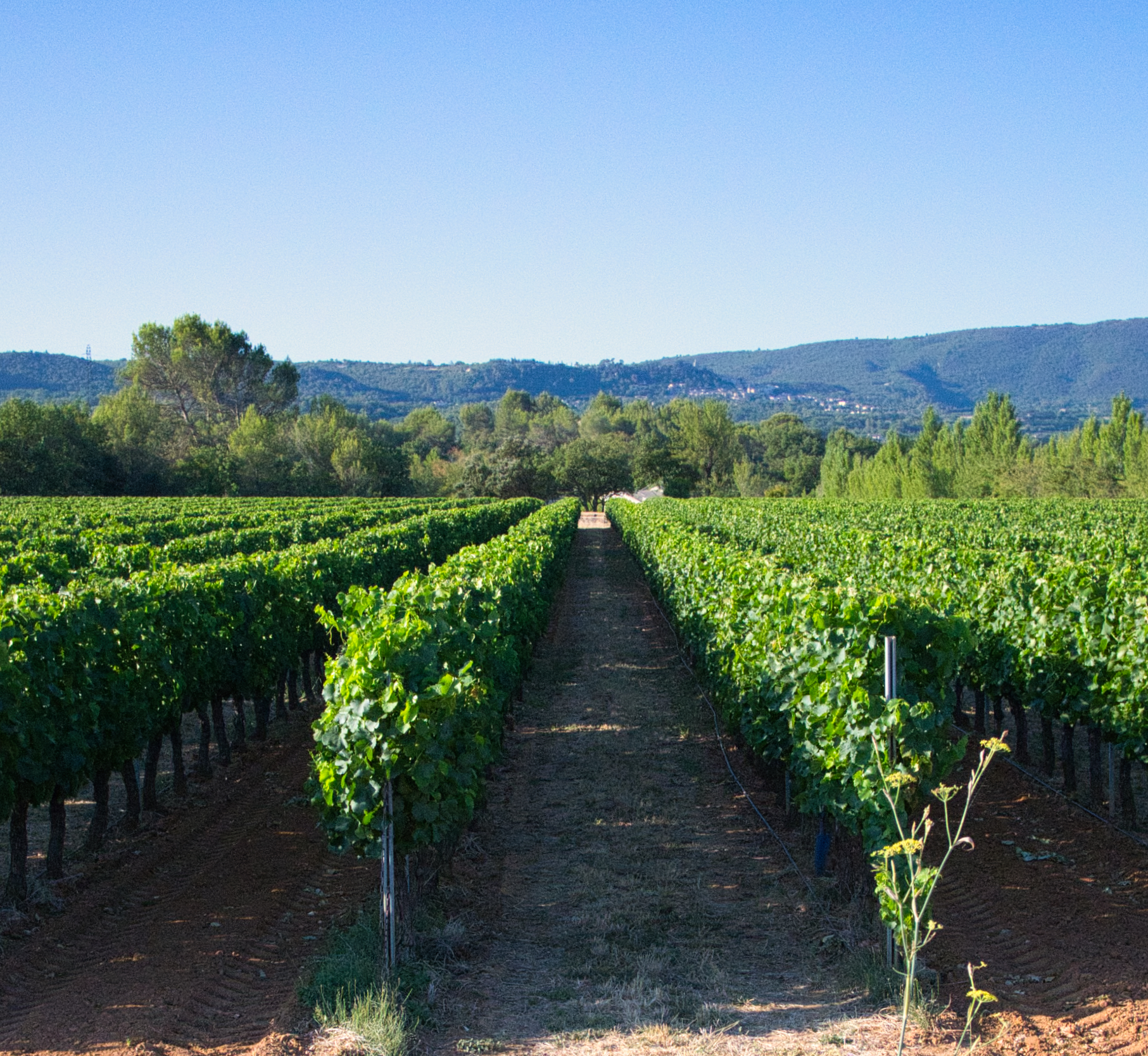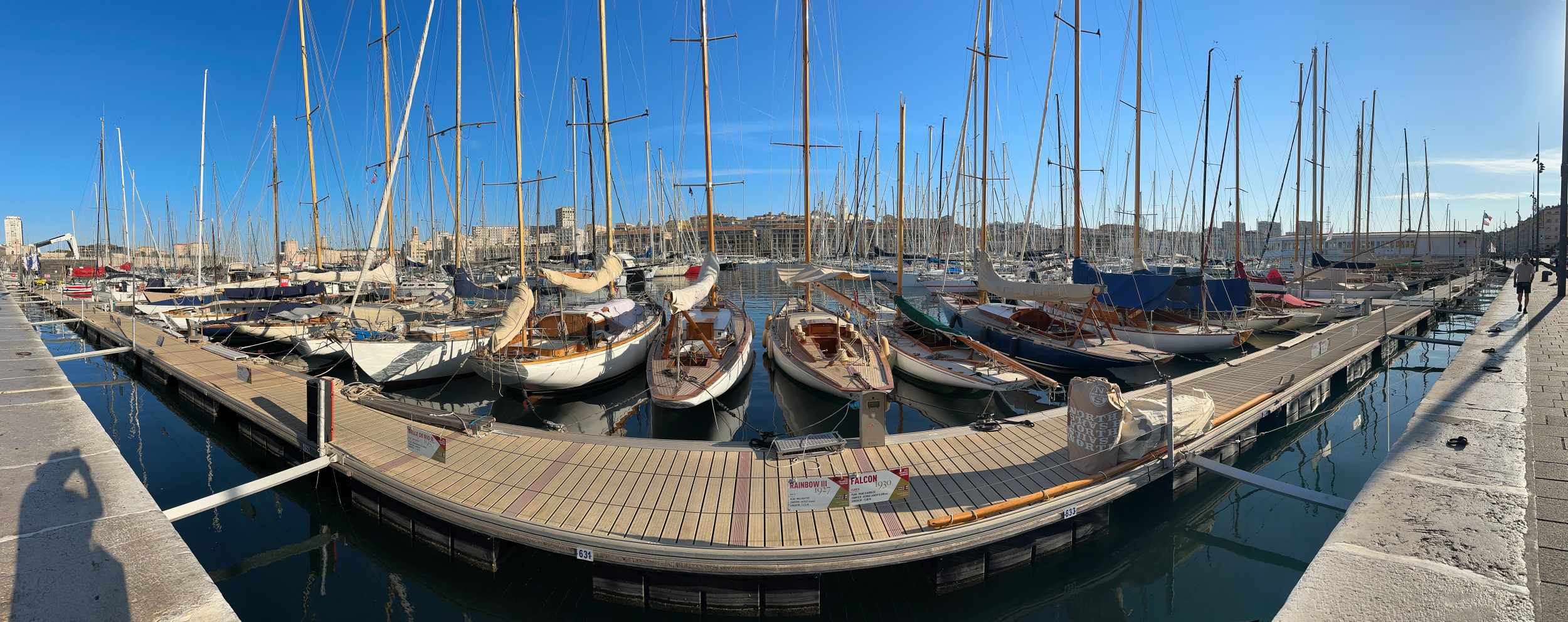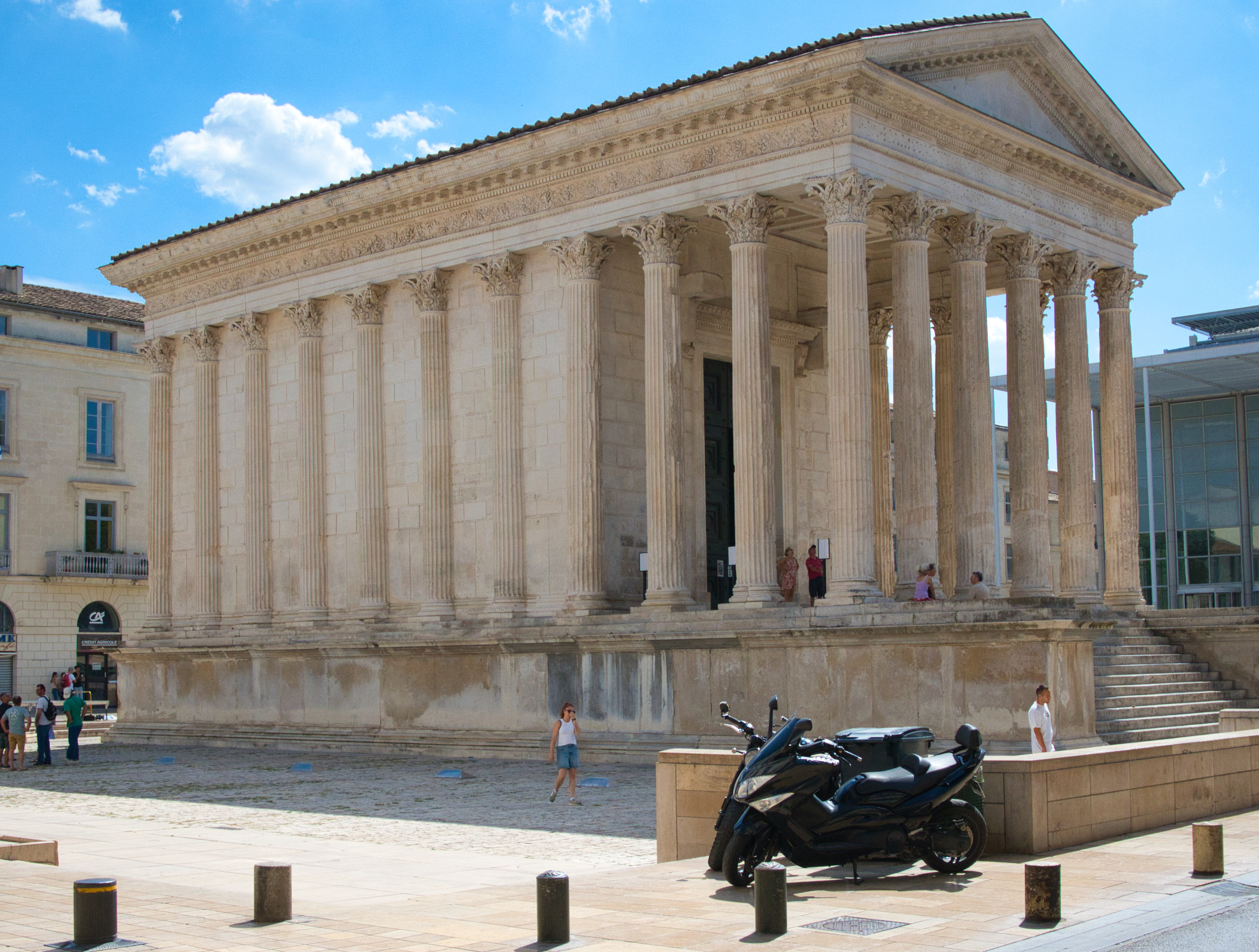I took this snap just east of Marseille
Provence
Lavender in Provence – Il faut laisser la lavande respirer
619 in Marseille
Sailboat near Marseille
A comfortable place to shoot
Compare the French vs. the Germans. The Germans build their city walls with little holes so they could shoot arrows to kill the invaders. The French did exactly the same – but look at the little chairs they built for themselves next to the hole! In fact, the even added some space at the bottom for a lunch bag and a bottle of wine!
Do Not Stair
Snails on a Stick
As artistic a snap as I thought I could take of some snails on a stick in a salt marsh, just outside the medieval city walls of Aigues-Mortes, in South France. Just think, when the medieval Crusaders set out from here centuries ago to conquer Jerusalem, the great-great-great snail parents of these snails were probably here, doing the same thing!
Flowers near the Aigues-Mortes Gate
Cirque de Navacelles
I actually learned about this in the geology class I took at Ohlone College back in 1983 – a river meanders and then the meander cuts itself off. In this case there is a medieval village down below. It’s so far off the beaten track in south France that I think it would take anyone 3 hours to get here. And it is a damn scary drive: I spent over an hour driving on narrow switchback roads high in the French mountains – so narrow, if you’d run into another car, someone would have to back up nearly a kilometer!
Sauve in Gard
La Couvertoirade – A templar village in South France – Part 6
Continuing the series,
La Couvertoirade – A templar village in South France – Part 5
Continuing the series,
La Couvertoirade – A templar village in South France – Part 4
Continuing the series,
La Couvertoirade – A templar village in South France – Part 3
La Couvertoirade – A templar village in South France – Part 2
Continuing the series,
La Couvertoirade – A templar village in South France – Part 1
Continuing the series, here is a snap of La Couvertoirade, a village in Southern France that dates back to the 1200’s. The templars were a group of fighters first started in 1119 in Jerusalem, during the Crusades. After around 1300 the templars fell (well, they did not really fall, like falling on the ground – they “fell” in the sense of all getting slaughtered by King Philipp IV of France, for corruption and having too much power) – and a somewhat older group (a religious order called the Knights Hospitaller) took over the city. Believe it or not, it was not until the 1980’s that people got smart – and in this case “smart” means “let’s make the village pretty so we can sell souvenirs to hoards of tourists!”
Sauve in Gard
Gull on a Post
Magnificent Roman Building in Nimes
Police cruiser in Marseille
Continuing the series, here is a nice French police cruiser parked in the Vieux-Port area of Marseille:
Bolards: an elegant defense for more noble times
OK, it is always a bad idea to paraphrase Obi Wan Kenobi, but during my recent trip to Marseille I thought for a bit how some things never change. In the middle ages, villages and cities used stone walls to protect the people inside against invaders — and, by the way, to more effectively and efficiently kill those who would try to invade. And today, bolards are used to protect the people inside against terrorists. Maybe we can define “progress” in this sense, because today we build infrastructure to keep the terrorists out, not to kill them.
As an IT guy, I am wondering if we could call this a design pattern?
Here is a barricade I spotted guarding the pedestrian area of the Vieux-Port in Marseille:
And here is a nice snap of the Barricade Man opening it, so a water spray truck can drive inside and spray water everywhere. The French really don’t feel comfortable unless the streets are sprayed with water on a regular basis.
